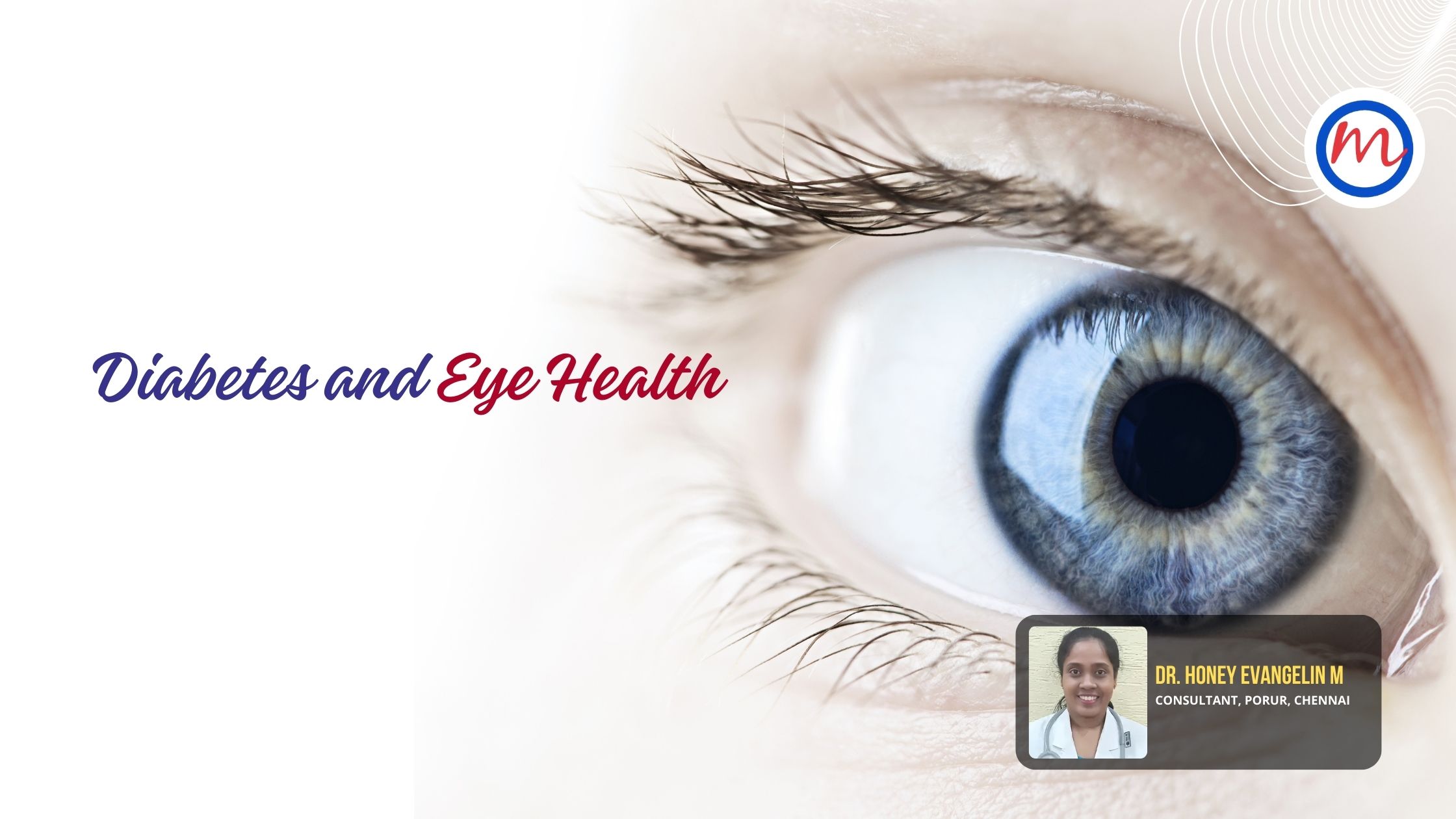Diabetes and Eye Health: Understanding the Impact of Diabetes on Vision
Introduction to Diabetes and Eye Health
Diabetes mellitus is a metabolic disorder with multiple etiologies, and chronic hyperglycemia (high blood sugar levels) can affect various organs in the body. One of the most concerning complications of diabetes is its impact on the eyes, as diabetes is a leading cause of blindness. Diabetes can damage the capillaries and small blood vessels in the eyes, leading to a condition known as diabetic retinopathy.
How Diabetes Affects the Eyes
When blood glucose levels remain high, the endothelial cells lining the blood vessels absorb more glucose than usual. Unlike other cells in the body, these cells do not depend on insulin to regulate glucose. As a result, they produce more glycoproteins on their surface than normal. Additionally, the basement membrane of the blood vessels thickens and weakens. This causes the walls of the blood vessels to become abnormally thick, but fragile, which can lead to bleeding, leakage of proteins, and restricted blood flow.
Increased Risk of Eye Infections and Other Ocular Conditions
People with diabetes are more prone to eye infections due to elevated blood sugar levels. Conditions such as conjunctivitis and blepharoconjunctivitis can occur, and loss of tear production may lead to dry eyes. Diabetic individuals are also at a higher risk of bacterial corneal ulcers, neurotrophic ulcers, and complications with contact lens use due to sensory deficits in the eyes.
Cataracts and Changes in Vision
Chronic hyperglycemia can cause the lens of the eye to swell due to increased aldose reductase activity. This leads to changes in the refractive power of the lens and can result in cataracts, a leading cause of vision impairment in people with diabetes. Additionally, hypoglycemia (low blood sugar levels) may lead to sudden onset of diplopia (double vision) and painful muscle paralysis associated with headaches.
Diabetic Retinopathy: The Most Common Ocular Complication
Diabetic retinopathy is the most significant eye complication in individuals with diabetes. Approximately 30% of people with diabetes will experience some form of diabetic retinopathy. The prevalence of blindness due to diabetic retinopathy is around 5%. Diabetic retinopathy occurs when the small blood vessels in the retina are damaged, leading to a loss of pericytes, thickening of the basement membrane, and abnormal endothelial cell function. These changes increase capillary permeability and cause abnormal blood vessel proliferation, which can result in vision loss.

Leave a Reply